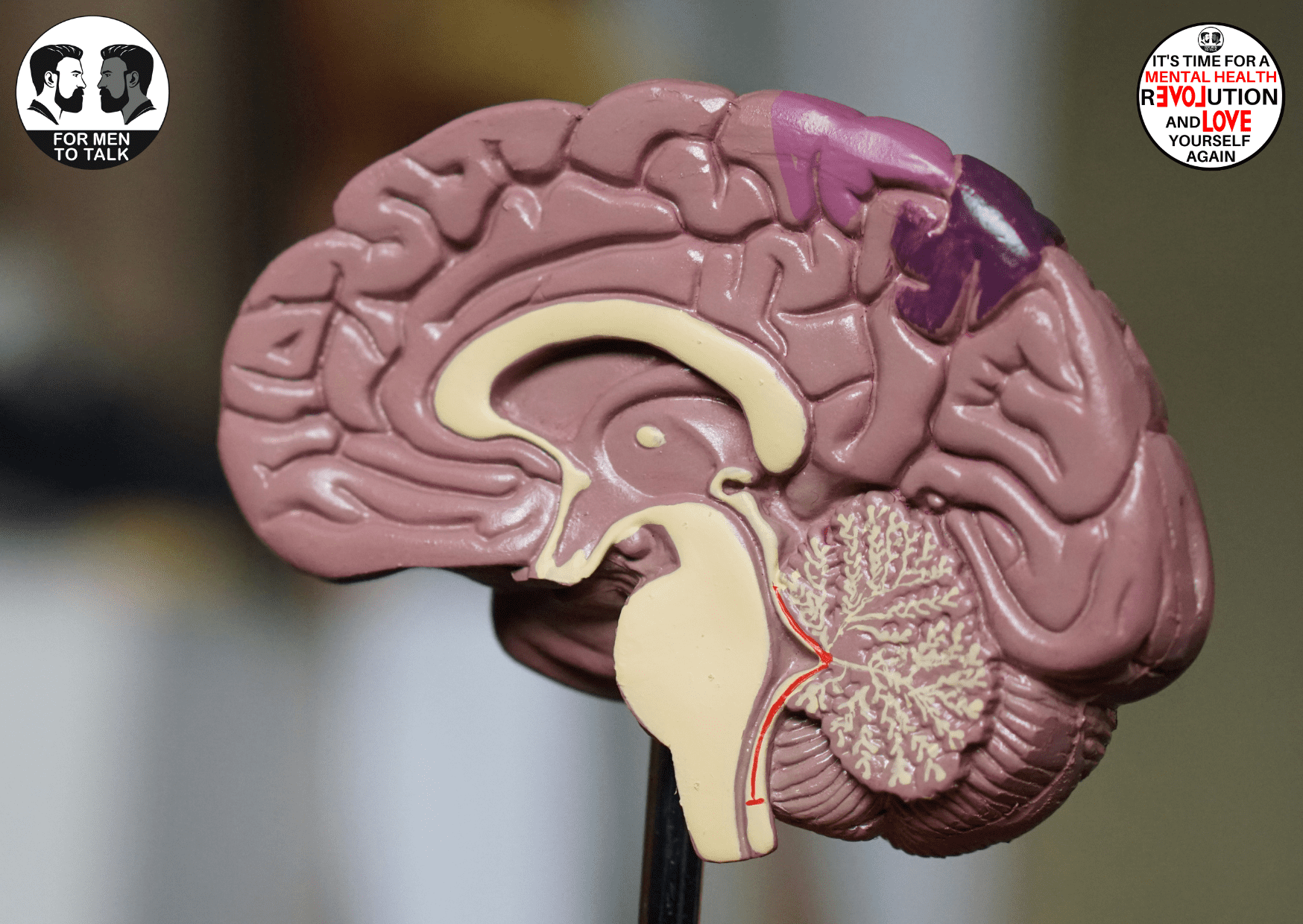Unlocking the mysteries of the chimp brain: A journey through the limbic system and its key components

The human brain is a marvel of complexity, and its various regions work in harmony to shape our thoughts, emotions, and behaviours. One integral part of this intricate network is the limbic system, often referred to as the “chimp brain” due to its primal nature. In this blog post, we’ll delve into the fascinating world of the limbic system and explore its key components: the occipital lobe, cerebellum, brain stem, parietal lobe, temporal lobe, and frontal lobe.
The Limbic System:
The limbic system is often dubbed the emotional brain, playing a crucial role in regulating emotions, memory, and basic survival instincts. This ancient part of the brain, resembling that of our primate relatives, is integral to understanding human behaviour and cognitive processes.
Occipital Lobe:
Located at the back of the brain, the occipital lobe is primarily responsible for processing visual information. It interprets signals from the eyes, allowing us to perceive and make sense of the world around us. Disorders affecting the occipital lobe can result in visual disturbances and impairments.
Cerebellum:
Situated at the base of the brain, the cerebellum is a key player in motor control and coordination. While often associated with physical movements, recent research suggests its involvement in cognitive functions like language and attention. Dysfunction in the cerebellum can lead to issues with balance, posture, and fine motor skills.
Brain Stem:
The brain stem, nestled beneath the limbic system, serves as the bridge connecting the brain to the spinal cord. It regulates essential bodily functions such as breathing, heart rate, and sleep-wake cycles. Despite its seemingly basic functions, the brain stem is vital for sustaining life, and damage to this area can have severe consequences.
Parietal Lobe:
The parietal lobe, located near the top and back of the brain, integrates sensory information from various parts of the body. It plays a pivotal role in spatial awareness, perception of stimuli, and the coordination of movements. Damage to the parietal lobe can result in difficulties with spatial orientation and sensory processing.
Temporal Lobe:
Situated on the sides of the brain, the temporal lobe is involved in auditory processing and memory formation. Additionally, it houses the hippocampus, a crucial structure for long-term memory. Disorders affecting the temporal lobe may manifest as hearing difficulties, language impairments, or memory disorders.
Frontal Lobe:
The frontal lobe, positioned at the front of the brain, is often considered the seat of higher cognitive functions. It is involved in decision-making, problem-solving, and social interactions. The prefrontal cortex, a part of the frontal lobe, is particularly important for impulse control and emotional regulation. Damage to this area can lead to changes in personality, decision-making, and social behaviour.